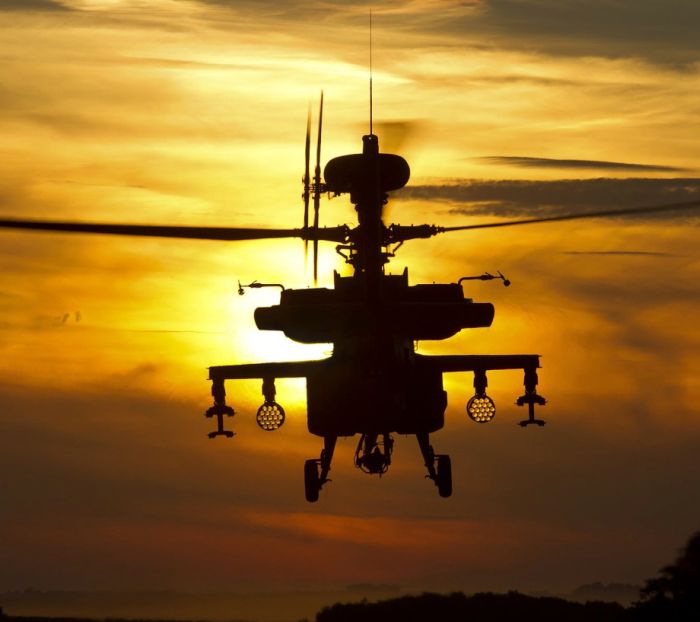|
|
Helicopter In Action
|
The rotor system, or more simply rotor, is the rotating part of a helicopter which generates lift. A rotor system may be mounted horizontally as main rotors are, providing lift vertically, or it may be mounted vertically, such as a tail rotor, to provide lift horizontally as thrust to counteract torque effect. The rotor consists of a mast, hub and rotor blades.
The mast is a cylindrical metal shaft which extends upwards from and is driven by the transmission. At the top of the mast is the attachment point for the rotor blades called the hub. The rotor blades are then attached to the hub by a number of different methods. Main rotor systems are classified according to how the main rotor blades are attached and move relative to the main rotor hub. There are three basic classifications: hingeless, fully articulated, and teetering, although some modern rotor systems use an engineered combination of these types.
• Antitorque configurations
Most helicopters have a single main rotor, but torque created as the engine turns the rotor against its air drag causes the body of the helicopter to turn in the opposite direction to the rotor. To eliminate this effect, some sort of antitorque control must be used. The design that Igor Sikorsky settled on for his VS-300 was a smaller rotor mounted vertically on the tail. The tail rotor pushes or pulls against the tail to counter the torque effect, and has become the recognized convention for helicopter design. Some helicopters utilize alternate antitorque controls in place of the tail rotor, such as the ducted fan (called Fenestron or FANTAIL), and NOTAR. NOTAR provides antitorque similar to the way a wing develops lift, through the use of a Coandă effect on the tailboom.
|
|









